9 Major Continuity Errors In Marvel's Cinematic Universe You Totally Missed
Going back to Phase 1, it wasn't always perfect.
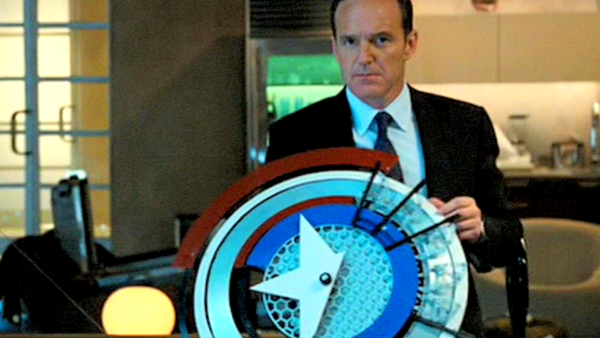
It's so unbelievably hard to not love the Marvel Cinematic Universe. From a daring comic book company moving into a new media, they've come to dominate the blockbuster market. Critics have raved about the films and they're now producing some of the biggest films of any given year. Sure, the first Iron Man does have a generic feel to it and its sequel is flat out bad, but as an overall series, it's really hard to fault.
What's truly amazing about the MCU is how every seems to seamlessly slot together. There are countless references that expand the comic world into this universe and so much smart referencing (sometimes to films that hadn't even been made yet). For that, you really have to thank producer Kevin Feige, the mastermind behind every film the studio has put out.
As we near the end of Phase 3, it's clear Feige is happy to play the long game. But while there may now be a well-accepted continuity between the films, that doesn't mean it's perfect. In fact, there are some glaring mistakes in the MCU, especially in the early years, that really mess up the flow of the story. In all cases it's between films, where a different director has made a mistake in characterisation or skirted over a major development, but that doesn't excuse what are some ridiculous blunders.
Be prepared to marvel (and oh how that pun is intended) at some serious short-sightedness of Feige and the rest of the crew behind the MCU. Here's nine major continuity errors from Phase 1.
9. Captain America, Lost Forever
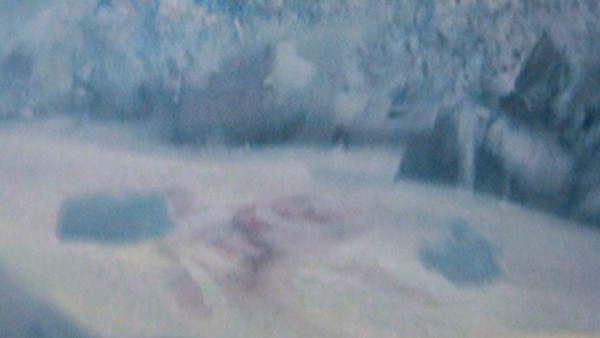
Louis Letterrier's The Incredible Hulk is the only real commercial flop of the MCU, but despite lacking a real uniqueness (it's a Bourne opening meets a pretty standard superhero second and third act), it's far from a bad film. That being said, one scene that would have really boosted it is an alternate opening equally teasing and daring.
An emotionally destroyed Bruce Banner heads for the Arctic, in an attempt to end his life to stop the green meanie he keeps turning into. Except before he can put the gun in his mouth, he turns into the eponymous monster, leading to a literal massive wave of destruction. Now it's a blink-youll-miss-it shot, but in the middle of this you can catch a glimpse of the frozen Captain America.
The problem with that is, if the ice Cap was in was destroyed, how could he be discovered in his own film? As this is a deleted scene, you can argue that it's not canon. However, after the scene was mentioned in The Avengers, it seems much more likely it's a true accounting. The film dates back to before the MCU was fully fleshed out, so it's likely poor planning on Kevin Feige's part.
8. Captain America's Many Shields
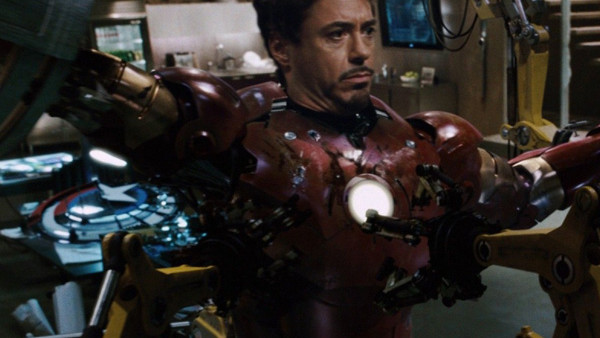
If you felt Iron Man 3 was a little light on references of what's to come (ant killer doesn't count), just be thankful Shane Black and co. didn't follow the pattern given by Iron Man 2. The film is so full of references to the world of the Avengers that it doesn't spend enough time developing its story or characters; a rare miss of quality for Marvel.
The main issue with throwing all these references to not fully planned films out there is that while you can have fun in-jokes, they often end up not making a whole lot of sense. When Tony's synthesising the impossible-to-make element needed to save his life, he casually uses what bears a startling resemblance to Captain America's shield to hold the machine in place.
This is a show of extreme short-sightedness; Steve Rodgers had the shield with him while he was frozen. One explanation is that it was an attempt by Howard Stark to remake the indestructible object after his prototype went missing, but that seems like desperate retconning to me. The shield also appears in the original Iron Man, but as that was the beginning of the entire enterprise, we're just about willing to let that one slide.
7. The Ten Rings
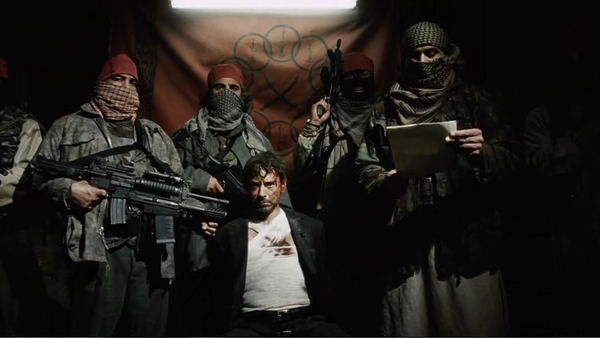
In the original Iron Man, Tony is kidnapped by terrorist organisation The Ten Rings, with him eventually discovering, for complex reasons, they were in cahoots with Obadiah Stane the entire time. Tony all but destroys that cell in the second act, but, following a little cameo at the Monaco Grand Prix in Iron Man 2, they returned as seeming primary antagonists in Iron Man 3.
Of course, Shane Black played a little with expectations and made them and the Mandarin a front for Guy Pearce's AIM, meaning Aldrich Killian inadvertently created Iron Man. How cool is that? Well, not as cool as you think because it makes no sense.
If The Ten Rings is just a cover for gaining control of the war on terror, then why were they driven to help Whiplash? If the attacks are caused by Extremis, why go to so much effort to get real weapons? It's not a viable way to get to Tony and feels like a mess of a concept. Using The Ten Rings in Iron Man was cool as a little nod to the comics, but as part of a wider universe, it just doesn't really make sense.
6. Howard Stark's Age
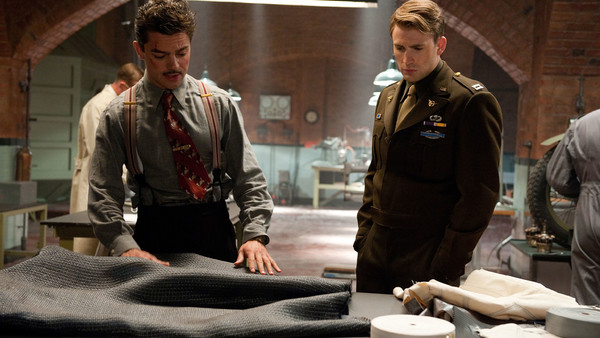
For a character dead by the time the MCU began, Howard Stark has done pretty well for himself. Appearing in photographs in Iron Man and an old video in the sequel, he became a key supporting character in Captain America. In the consistently inaccurate period film (more on that later), he was a major scientist for the Americans and even created Caps shield.
There is, however, a massive problem with this. While his older versions in the previous films fit with the timeline, his son doesn't. According to the Marvel canon, Tony was born in 1971. Going by the age of Dominic Cooper when he played Stark in The First Avenger, he'll have been in his early thirties in the war making him in his sixties by the time Tony's born. Obviously it's possible for a man to have a child at that age, but it seems odd for Stark to do so, particularly when all expanded material points to him and his wife Maria being of a similar age.
Having Stark in Captain America brought some necessary cool to the film, but it really muddies the continuity.
5. The Consultant
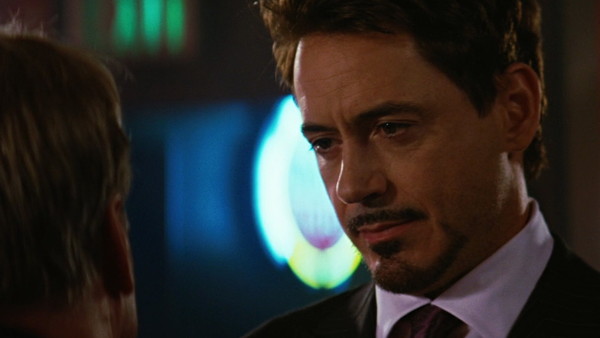
It all began with the geektastic introduction of Nick Fury in Iron Man, but since then everyone has grown to anticipate the post-credits scenes of Marvel movies almost as much as the films themselves. Back with The Incredible Hulk, it's clear the plan for Phase 1 and beyond wasn't yet set out.
The scene had General Ross approached by Tony Stark to inform him about The Avengers Initiative. Then along came Iron Man 2, a major element of which is Tony's unsuitability for the superhero program. It's an obvious development for the character and helps lead into The Avengers, but it makes the Hulk's sting nonsensical.
In fact, aside from giving us another glimpse of Downey Jr. in his defining role, the scene proves to be completely useless in the grand scheme of the MCU. One of Marvel's 'One-Shot' short films tried to explain the confusion by retroactively making the bar visit actually a plot by Nick Fury to keep Abomination in containment. Unfortunately, it all comes off as a rushed solution.
4. Captain America's Out Of Time

Most of the continuity errors in this list come from inconsistencies between films, with the varying directors not paying 100% attention to what's come before. This one, however, is entirely from one film. There's always an issue with making sure a period drama has everything in line with the time it's set.
Captain America was the first superhero film to face this issue (Watchmen doesn't count as it played with history even more than Alan Moore's original comic). For the most part, Joe Johnston did a good job in creating a war time setting (much better than his effort to make a believable threat in Jurassic Park III), but there's countless things that are wrong with it.
The Red Skull listens to a recording from the sixties, the SIS is referred to as MI6 and American troop carriers from the fifties are seen used by the Germans (and that's just naming three). This inconsistency is highlighted as historical inaccuracy is exactly how Rodgers figures out he's in the 21st Century. With one scene paying such close attention to the time of things occurring, it's a shame the rest of the film doesn't.
3. Proof Tony Stark Sometimes Has A Heart
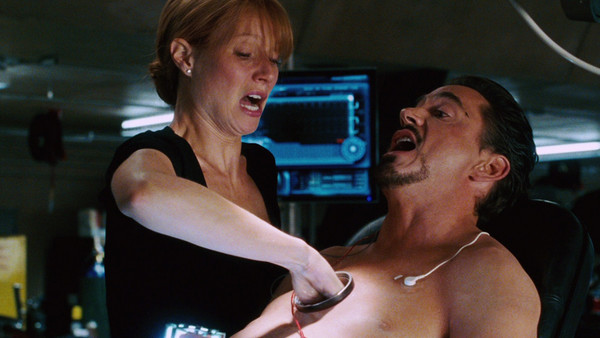
One of the most physically defining things about Tony Stark is his arc reactor chest. Although Iron Man 3 decided rather erroneously to remove it, for four films (plus a cameo) it was the thing we all associated with Robert Downey Jr's superhero. So something so iconic and basic would be hard to mess up, right? Turns out not.
When working in the cave to create the Mark I, you can clearly see Tony has the arc reactor already in his chest ahead of time and throughout the rest of the film and the ones that followed the light comes and goes as often as Tony's flings. It appears in scenes that will be used for promotional stills and when it's important to the plot, but sometimes, for no reason, the arc reactor just disappears.
Does he have super thick shirts? And if so, how are they breathable in the Miami heat? The scene this is most noticeable in is Loki and Tony's face off in The Avengers. As audiences around the world chuckled at Loki's inability to brainwash the billionaire, we were sat there infuriated that his chest hadn't been lit up in the build up, but clearly had been in scenes before. Yes, we should get out more.
2. Thor Couldn't Get Back To Earth
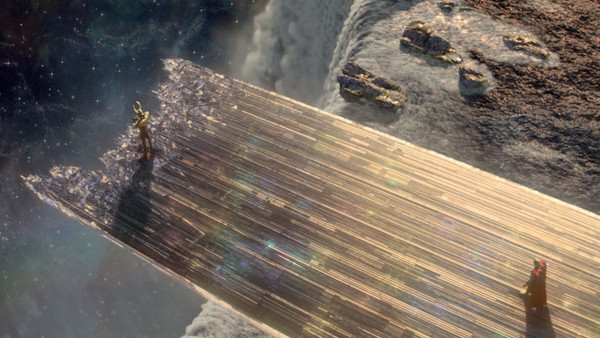
Kenneth Branagh's Thor left us with many questions for The Avengers. Would the background tease of the Infinity Gauntlet lead to the introduction of Thanos? Who saved Loki from his unclear fate to return as the main villain? Biggest of all, however, was how on Asgard the titular Norse God was even going to make an appearance?
The entire finale of the film hinges on Thor destroying the bridge between worlds, trapping him in Asgard, unable to return to Earth and his almost girlfriend, Jane Foster. So far, so emotional, but it left every member of the audience avidly watching Phase 1 develop confused as to how hed play such a key role in the eventual team up. Then in The Avengers, once Loki has been captured by the team, he flies in without an issue.
It's never addressed in the film how he returned to Earth and given how cool the fight between him, Iron Man and Captain America was, everyone quickly forgot it. More an omission than full-on continuity error, it's still a massive hole in the MCU. If that's confusing, just wait until you see how messed up the post-credits sting proved to be.
1. Loki Controlling Erik Selvig

A new power introduced in The Avengers was Loki's ability to control humans using his staff. Ignoring the easy way to snap them out of it by whacking them on the head, it's a pretty cool skill. At the very beginning of the movie, when he first appears at the S.H.I.E.L.D. base, his first order of business is to claim Hawkeye and Dr Erik Selvig for his blue eyed army.
In the after-credits scene of Thor, Nick Fury shows Selvig the Tesseract (marking the blue cube's first introduction), but in an unexpected twist we discover Loki's now in control of the scientist. If he was already in control of Selvig, why did he need to use his staff at all?
For all its brilliance, The Avengers does take a while to get going. Having already set up Selvig as Loki's stooge, it seems a tad unnecessary to show it again. The scene was directed by Joss Whedon, who by this time was well into planning The Avengers, so there's no excuse for this grand oversight.
So there you have it - 9 inconsistencies you never noticed in Marvel's Cinematic Universe. Are there any that we've missed? Let us know in the comments below.